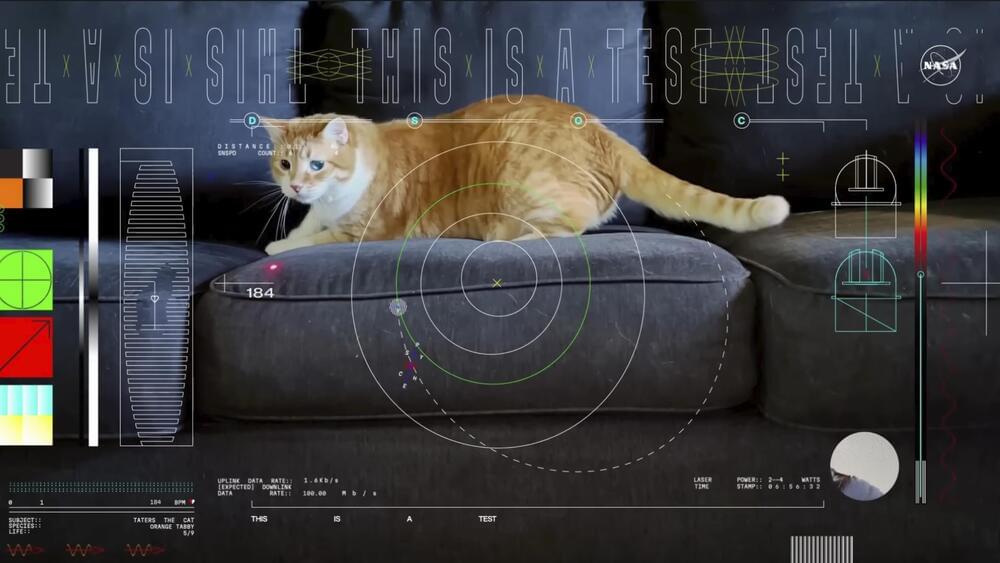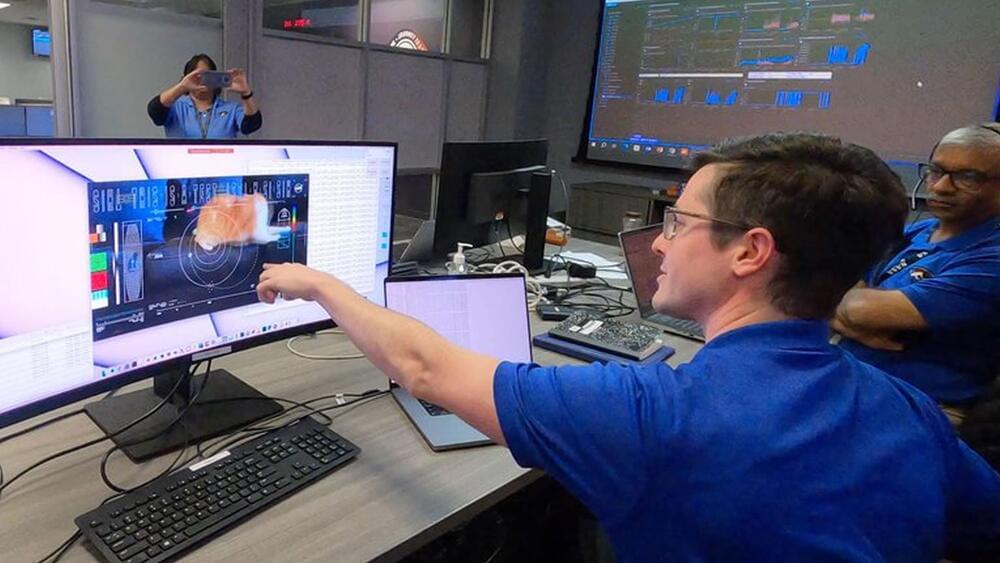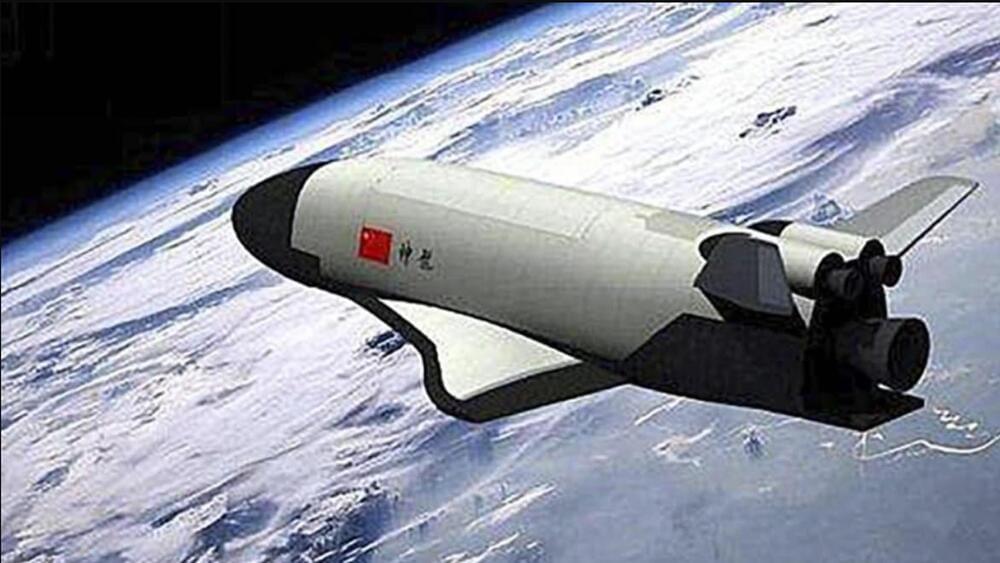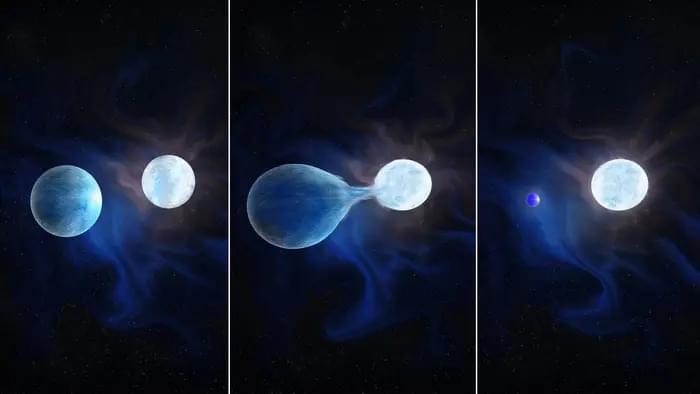Dec 20, 2023
Orange tabby cat named Taters steals the show in first video sent by laser from deep space
Posted by Quinn Sena in categories: internet, space
CAPE CANAVERAL, Fla. (AP) — An orange tabby cat named Taters stars in the first video transmitted by laser from deep space, stealing the show as he chases a red laser light.
The 15-second video was beamed to Earth from NASA’s Psyche spacecraft, 19 million miles (30 million kilometers) away. It took less than two minutes for the ultra high-definition video to reach Caltech’s Palomar Observatory, sent at the test system’s maximum rate of 267 megabits per second.
The video was loaded into Psyche’s laser communication experiment before the spacecraft blasted off to a rare metal asteroid in October. The mission team at NASA’s Jet Propulsion Laboratory in Pasadena, California, decided to feature an employee’s 3-year-old playful kitty.

















